Most commonly asked Interview Questions on Smoke Detection System. Preparing for Fire and Gas System Engineers Interview Questions and answers ?
Smoke Detection System Questions
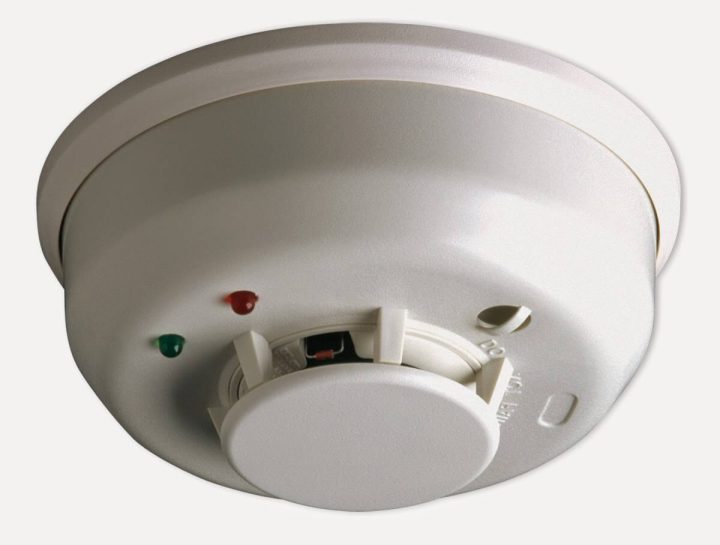
1.What are the types of ‘smoke detectors’ ?
Three types of smoke detectors are used. They are:
- Optical type,
- Radioactive type,
- Ionization type.
2.Explain the operating principle of the different types of smoke detectors.
Optical type:
when the smoke cuts the optical detection path, and unbalance in the detector current loop raises a smoke alarm. These type detectors are sensitive to larger particles of combustion 0.5 to 10 microns.
It is suitable for applications where thermal turbulence can be expected.
Radio active type:
when the smoke is detected by the radio active substance, the unbalance in the detector current loop raises a smoke alarm. This type of detectors are sensitive to air movement greater than 5m/sec.
It is normally installed with the photoelectric (optical type) type smoke detectors.
3.Why is a smoke detector as important as a ‘heat switch’ and ‘UV detector’?
Smoke detectors are used in confined areas such as control rooms and electrical switch rooms.
4. How carbon monoxide detectors work?
Carbon monoxide detectors sound an alarm when they sense a certain amount of carbon monoxide in the air over time. Different types of alarms are triggered by different types of sensors.
Biomimetic sensor:
A gel changes color when it absorbs carbon monoxide, and this color change triggers the alarm.
Metal oxide semiconductor:
When the silica chip’s circuitry detects carbon monoxide, it lowers the electrical resistance, and this change triggers the alarm.
Electrochemical sensor:
Electrodes immersed in a chemical solution sense changes in electrical currents when they come into contact with carbon dioxide, and this change triggers the alarm.
Once the alarm sounds, the carbon monoxide detector must be in a carbon monoxide-free environment to reset itself.
5.What happens when a smoke detector detects smoke?
When a smoke detector detects smoke, the detector loop current changes. The unbalance in the loop current is detected as smoke.
Once in every 10 secs the L.E.D on each smoke detector blinks as self loop check. On detection of smoke, this L.E.D remains continuous on (bright).
6.name the manufacturers of smoke detection systems.
Name of the smoke detector manufactures are Firecheta, Cloride Gent…etc.
7.why are periodic checks and maintenance required on smoke detection system?
Particularly on the optical type smoke detectors, the collection of dust in the sensor path may result in a false alarm. Also the periodic maintenance ensures the reliability of the detection system.
8.What are the common problems faced when maintaining a smoke detection system?
- False alarm due to accumulation of dust, floor cleaning, water vapour
- Loose connection results in the fluctuation of the detector loop current.
- Improper base plug-in connection.
9. Commonly used terms in Gas Detection :
LEL – Lower Explosive Limit. The minimum concentration of a combustible gas or vapor in air which will ignite if a source of ignition is present
UEL – Upper Explosive Limit. Most, but not all, combustible gases have an upper explosive limit which is the maximum concentration in air which will support combustion. Concentrations which are above the U.E.L. are too “rich” to burn.
PPM – Parts Per Million (toxic & VOC)
%VOL – Percent by volume (oxygen)
VOC – Volatile Organic Compounds (PID)
PID – Photo Ionization Detection (VOC)
TWA – Time Weighted Average (toxic gases)
STEL – Short Term Exposure Limit
IP – Ionization Potential & Ingress Protection
IS Rating – Intrinsic Safety (UL, CSA)
T90 – Time sensor needs to reach 90% full response
10. Ionization smoke detector principle
The ionization smoke detector is widely used. Its capability to detect smoke originating from fire is best utilized for clean-burning fires that produce small particles during combustion.
The ionization smoke detector consists of an alpha particle producing a radioactive source, a smoke chamber, and charged detector plates.
- The alpha source causes the air within the smoke chamber to become ionized and conductive
- As smoke particles enter the smoke chamber, the smoke particles attach themselves to the ionized air molecules and the air in the chamber becomes less conductive
- When the air conductivity within the chamber drops below a predetermined level, the alarm is triggered.
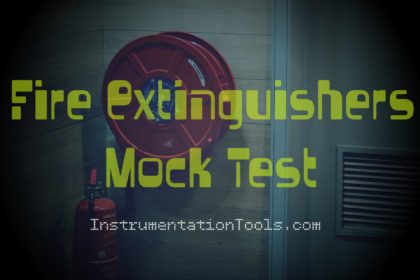


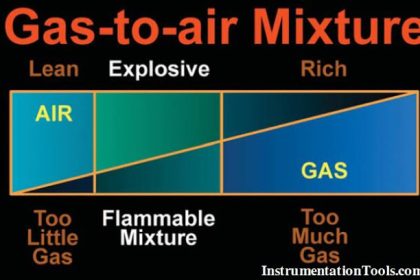



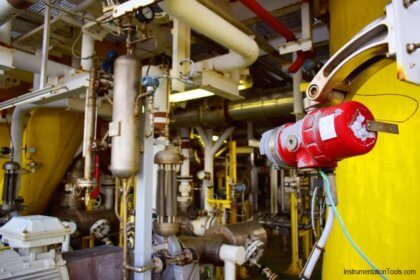
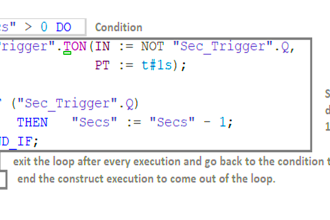
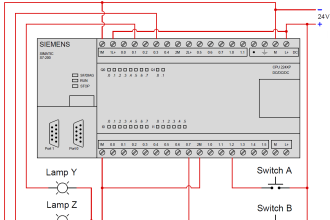
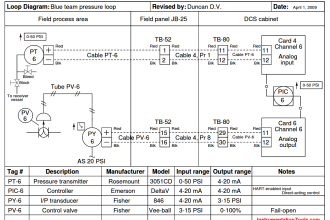


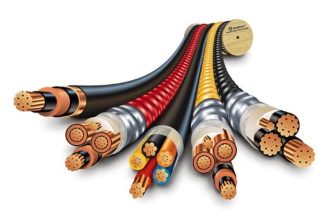

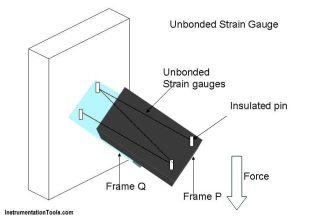

Hi , I noticed in many of your articles that you use abbreviations that you do not define, Like PDO here, if you could incorporate an abbreviation definition section in your articles it would be great, Thank you.
the first question 3 types of smoke detectors what is the difference between ionisation and radioactive you are mentioned three types as my knowledge both are same if not please clarify me
thankyou